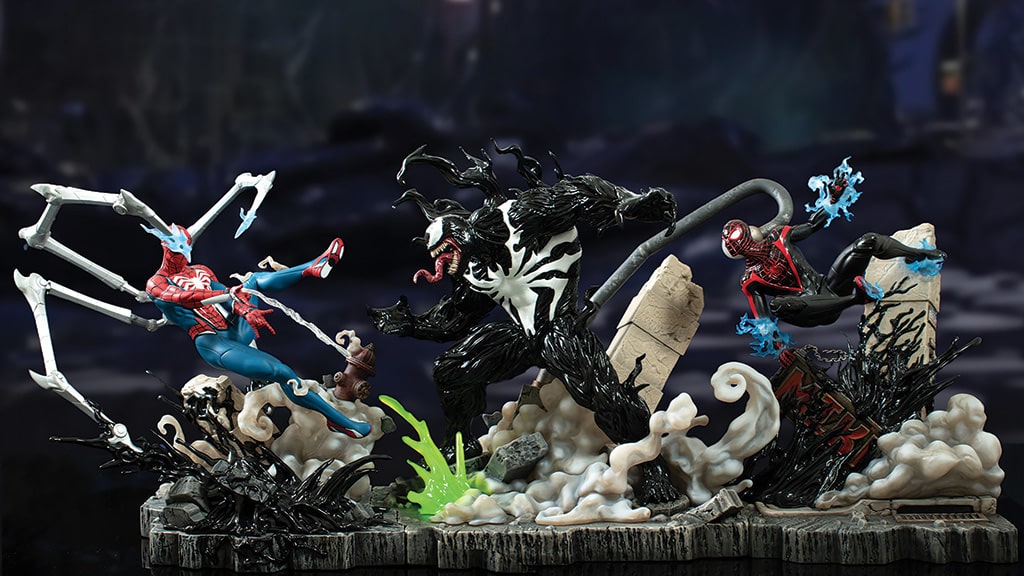by ZACH OAT, Marketing Professional, Author, Wild Toys
In 2024, when adults surpassed every other age group in money spent on toys, the industry finally sat up and took notice. Media coverage leaned into the idea that nostalgia in uncertain times fueled growth in this segment, and “kidult” — a mainstream buzzword since a widely shared CNBC feature in 2022 — was heavily tossed around. As a grown man — and marketer — who started collecting action figures in college, I can tell you that:
- This is not a new phenomenon.
- Nostalgia is not the only reason that adults are buying toys.
- Calling someone a “kidult” implies that they are acting like kids, when that couldn’t be further from the truth.
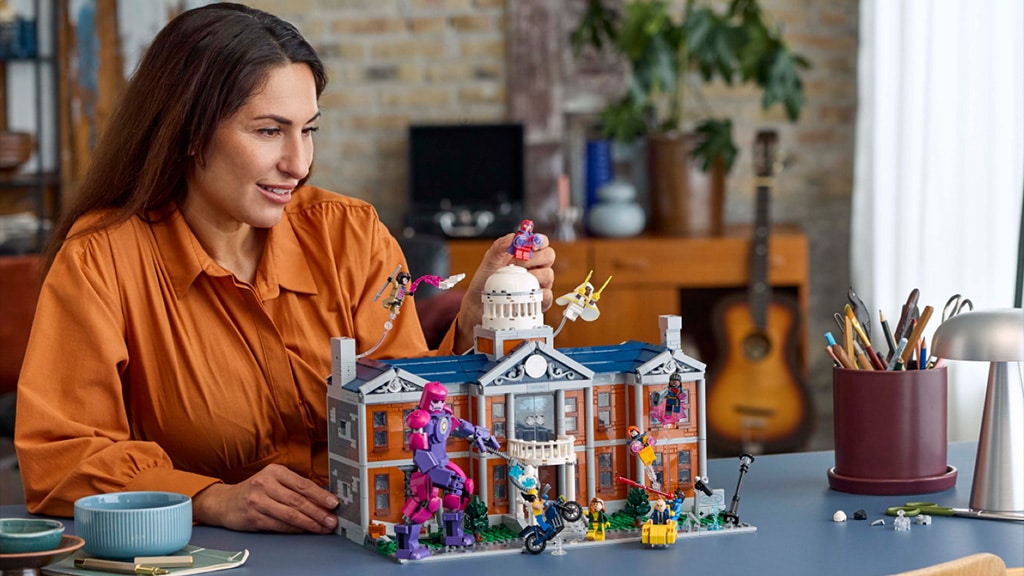
BEYOND THE BUZZWORD
Granted, there are worse names than “kidult.” For instance, “man-child” was — and still is, thanks to Sabrina Carpenter — used for a wide range of immature males. While males once comprised the lion’s share of adult enthusiasts — “kidults” ages 18 and up are nearly 50/50 now, per August Circana data — are toy buyers acting immaturely? After all, they aren’t asking their parents for toys; they’re taking charge of their finances and choosing to spend their own money on collectibles.
And are collectible toys really made for kids? The world exploded when controversial toys for Alien (Kenner, 1979), A Nightmare on Elm Street’s Freddy Krueger (Matchbox, 1989), and Breaking Bad (Mezco, 2014) hit retail. But nowadays, products based on R-rated and TV-MA projects are commonplace, and even the most merch-driven movies are rated PG-13. Families go to the movies, and parents want the merch. While some of these kids still play with action figures, I’ll bet you dollars to doughnuts that their parents play with them, too.
CONNECTING WITH THE COMMUNITY
So how do you reach these adult collectors? You meet them where they are:
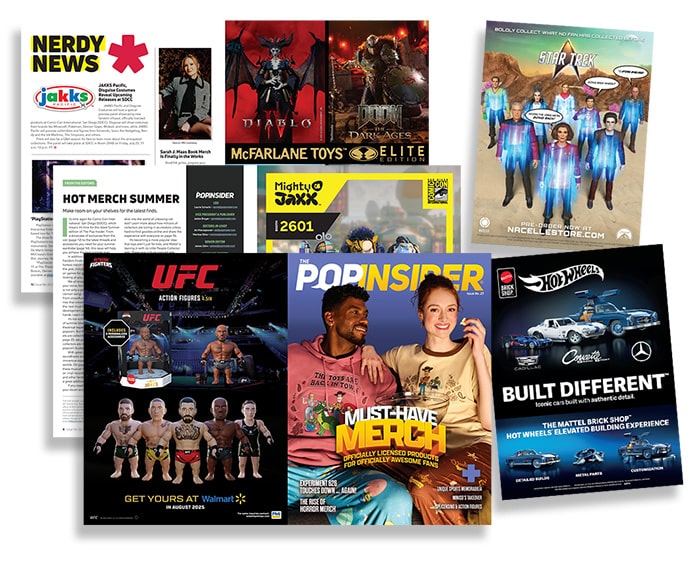
- Print advertising: Only a few consumer-facing toy publications exist — The Pop Insider, a sister publication of The Toy Book, is one example — and each targets a specific type of collector. But why not target other types of consumers? Tech magazines, movie magazines, and comic books are great options. Toy buyers need disposable income to support their hobby. If they’re reading magazines — and can afford comic books — they’re probably in your demographic.

- Toy photographers: Great photography is one of the best ways to sell your products, but why stop at one photographer? Toy photography is a popular hobby on Instagram. If you can get your products into the right hands — those with the most followers — user-generated content can spread the word. The best photographers spotlight your toys’ detail and poseability, two major factors for buyers.
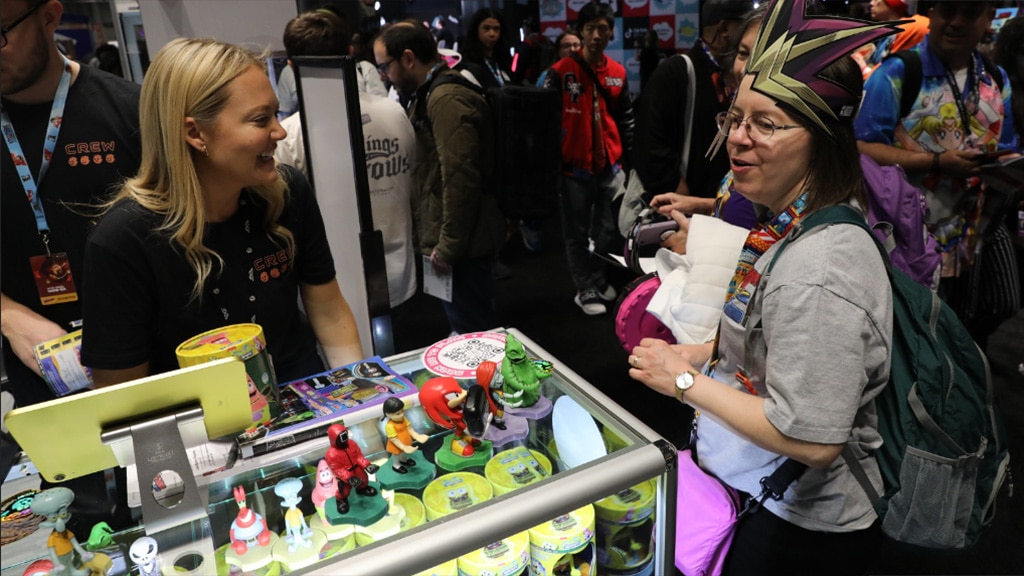
- Toy conventions: Comic-Con International: San Diego (SDCC) and New York Comic Con (NYCC) are the heavyweights, but smaller shows like Power-Con are growing. Find the right one, and you can win over a new group of collectors. Offering an event-exclusive product is even better. You may be alongside smaller companies and vintage toy dealers, but good toys are good toys — and the same collectors shopping those booths will likely be interested in yours.
- Photo-heavy social platforms: Toys are a visual medium, so beef up your presence on platforms like Instagram and TikTok, where thousands of toy collectors, reviewers, and hunters are active. If they see you have a channel, they’ll follow to keep up with the news, and they just might see something they like.
PASSION AND SPENDING POWER
The best toys are comparatively affordable works of art. When adults buy toys, they curate personal museums with pieces that inspire creativity or simply look cool on a shelf. That’s not kid behavior — it’s a form of identity, connection, and ownership. The “kidult” movement isn’t about adults acting like kids; it’s about marketers catching up to passionate fans with taste, agency, and the spending power to back it.
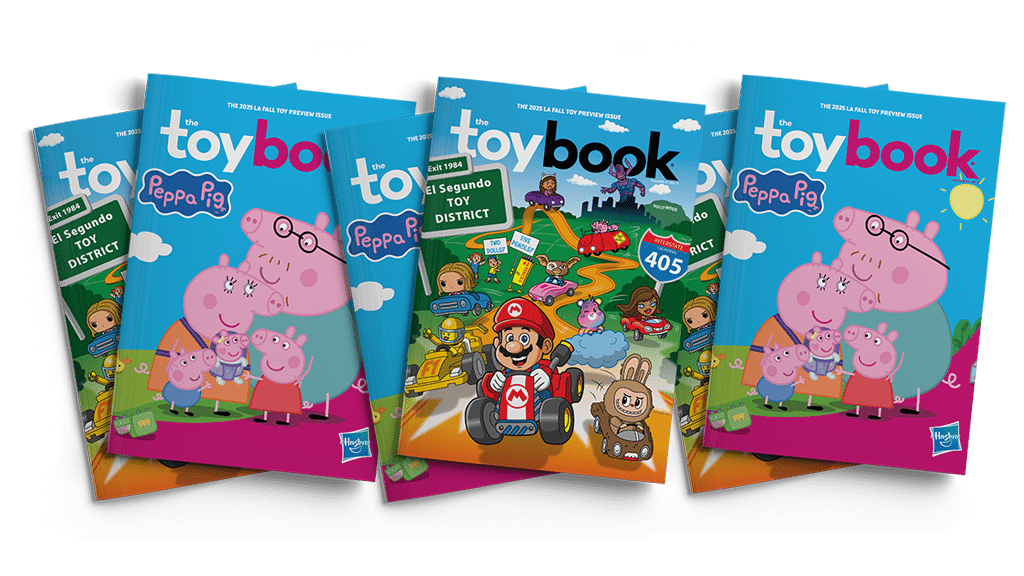
Stay on the Pulse of Play!
A version of this feature first appeared in the 2025 LA Fall Toy Preview Issue of The Toy Book. Read the full issue here!
Want The Toy Book delivered straight to your desk? Subscribe today and get seven big issues a year — packed with the stories, trends, and insights that keep you on the #pulseofplay.

